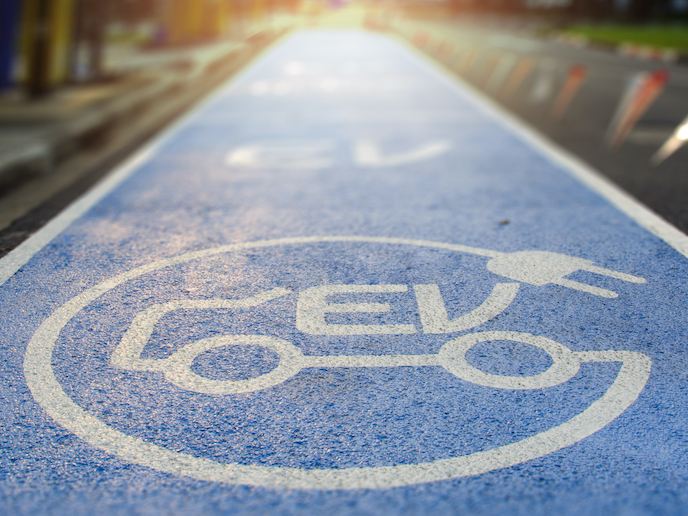Designing and recycling electric motors
When it comes to energy efficiency and sustainability, electric vehicles (EVs) offer benefits in the order of magnitude over conventional vehicles that run on fossil fuels. However, even EVs aren’t 100 % green. That’s because many of the components used to build EVs aren’t recyclable. At the end of the vehicle’s lifespan, these components end up in the metal shredder or, even worse, in landfills. This is particularly true for the various magnets that power EVs. Although they could be reused to power wind turbines, e-bikes or other EVs, they are virtually impossible to cost-effectively remove from a vehicle. Furthermore, because the EU must import the raw material used to create these magnets, European car manufacturers remain vulnerable to price fluctuations and other security risks. In fact, in 2011, the price of neodymium (the key material used in EV battery magnets) imported from China rose 700 % in a matter of months! This caused EU clean tech companies to panic and brought the very viability of Europe’s green economy into question. It also inspired the EU to act, funding such research initiatives as the DEMETER project. “The DEMETER project looked at many aspects of recycling and design-for-recycle along the entire value chain – from the magnets, to the electric motors, to the e-vehicles – and how to deal with them at the end of their useful life,” says Peter Tom Jones, senior industrial research manager at KU Leuven(opens in new window) (Belgium) and co-coordinator of the DEMETER project. “Our ultimate aim was to become less dependent on other countries for raw materials and to make electric vehicles 100 % recyclable and thus truly green.” The project benefited from support through the EU’s Marie Skłodowska-Curie programme.
A lot of success stories
The DEMETER project was comprised of numerous research initiatives. For example, one arm focused on developing eco-efficient direct and indirect recycling routes for rare-earth-magnet motors in end-of-life vehicles. Another innovated processing techniques for producing high-performance rare-earth magnets. Other initiatives included designing more easily recyclable electric motors for the next generation of EVs and creating a mine-to-machine lifecycle assessment methodology to ensure magnets are recycled in the most environmentally and economically friendly way. “We had a lot of success stories – too many to name,” says Jones. “But if forced to choose, our most important result would be a culmination of all of the project’s research arms: the first recyclable e-motor based on recycled neodymium magnets.” The e-motor was developed by project partner Valeo(opens in new window). “The great thing about this motor is that when it reaches its end-of-life, the magnets can be easily removed by sliding them out of the motor and then re-used in a brand-new device,” adds Jones.
Laying the foundation for a rare-earth recycling industry
Although recycling of rare-earth metals remains low, the DEMETER project made tremendous progress in overcoming many of the technical challenges associated with doing so. “Prior to DEMETER, many aspects of rare-earth magnets and their recycling were considered in isolation,” says Jones. “By looking at the entire value chain, we helped change this and, in doing so, have laid the foundation from which a rare-earth recycling industry can be built.”







